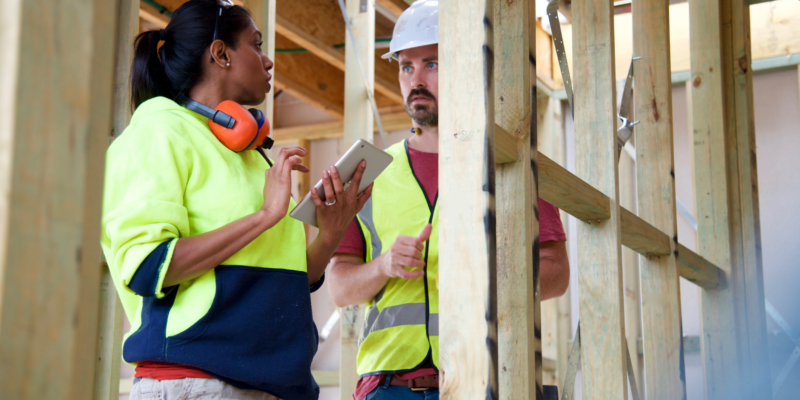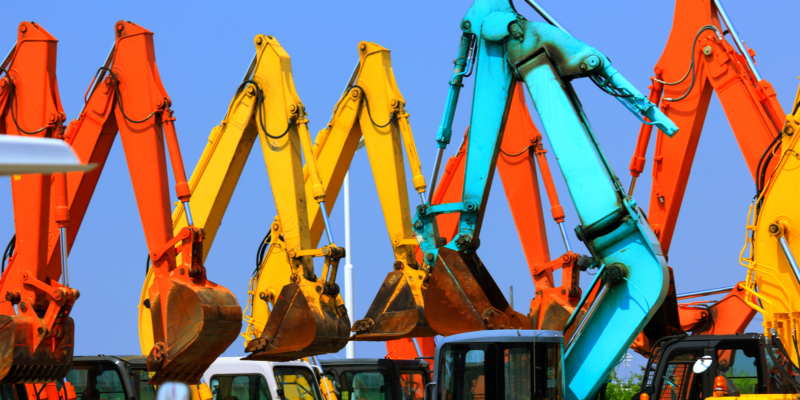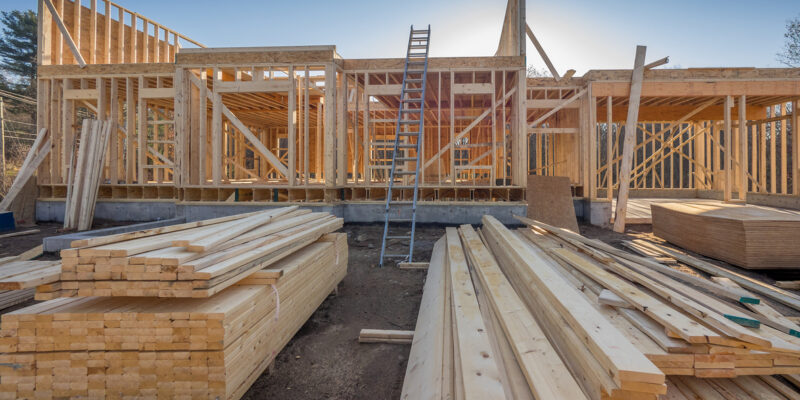Cybersecurity in Construction
When most people think of hackers, they usually think about crashing computers and stolen personal information.
In the construction industry, though, hackers also have the potential to jeopardize job safety, steal personal data, and corrupt the structural integrity of building materials. As many construction firms move their business online and turn to Contech to make their job sites safer and more efficient, cybersecurity is becoming a top priority.
Life or Death Vulnerabilities
Automation is more and more common, and is often used when creating building materials (like when mixing concrete or measuring chemicals in a manufacturing process), and post manufacturing (load testing, structural integrity tests, and surface hardness inspections). Most of the data collected and used in this automation process is stored on cloud and internet based technologies, which are the most vulnerable to hacking.
For example, say hackers target a bridge building project. If they attacked the automated system that accounts for the bridge’s structural integrity and the company didn’t catch the change in numbers, the project could completely collapse – figuratively and literally – putting lives and the company’s reputation at risk.
Growing Defenses
To prevent such scenarios, companies are starting to increase their defenses against these attacks. Many Contech companies are growing their cybersecurity teams while construction firms both large and small are investing in cyber protection software. Cybersecurity in construction even caught national attention in March 2022, when the Biden administration called together over 100 different sectors to warn them of the potential of a Russian cyber attack in response to recent U.S. sanctions.
Where to Start
So what can construction companies do to protect themselves?
- Start by improving awareness and regularly training staff to look for suspicious emails, links, and online activities, and make sure they know how to report these to your IT team immediately.
- Protect your data with multi-factor authentication when possible. If something is only password protected, use passphrases instead of passwords (making it much harder for hackers to infiltrate your systems), adding spaces, numbers, and symbols to maximize protection.
- Make sure that any programs you’re using to store and send data have comprehensive security measures in place.
- And finally, consider investing in cyber insurance, which tends to be relatively inexpensive and will cover you in the case of a data breach.
As the construction industry moves towards more technology in the worksite, there is no doubt that we will face more and more threats from hacking. However, if we all work together, we can protect our projects, our workers, and our livelihoods from cyber attacks.










